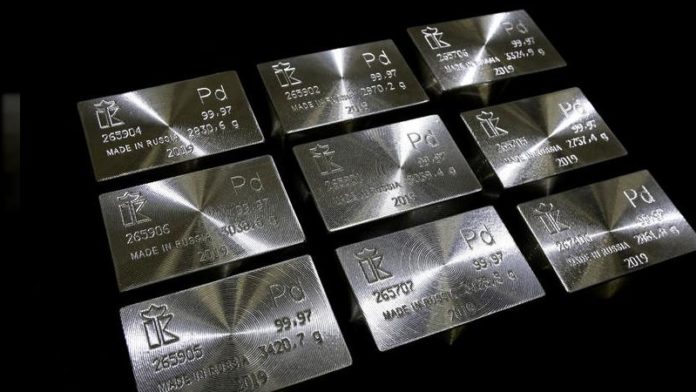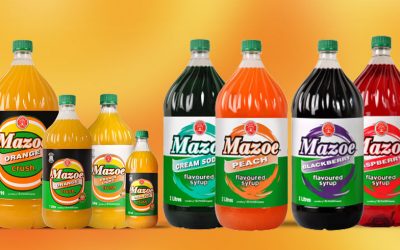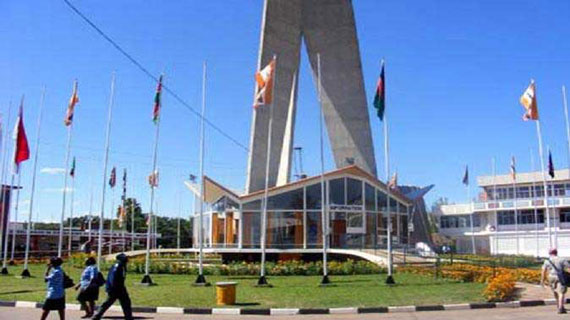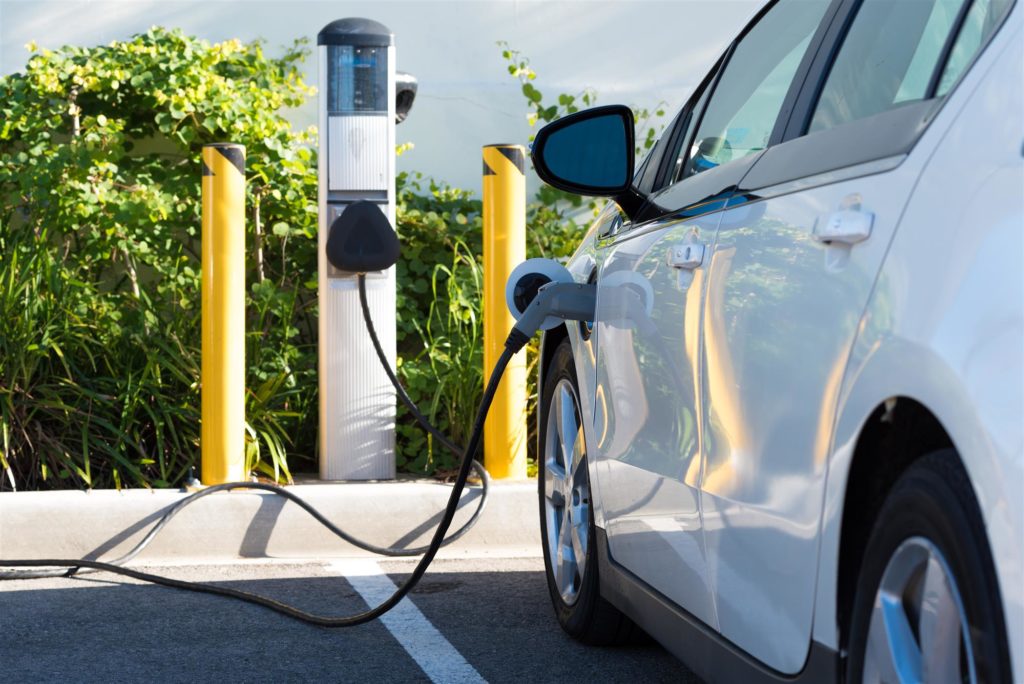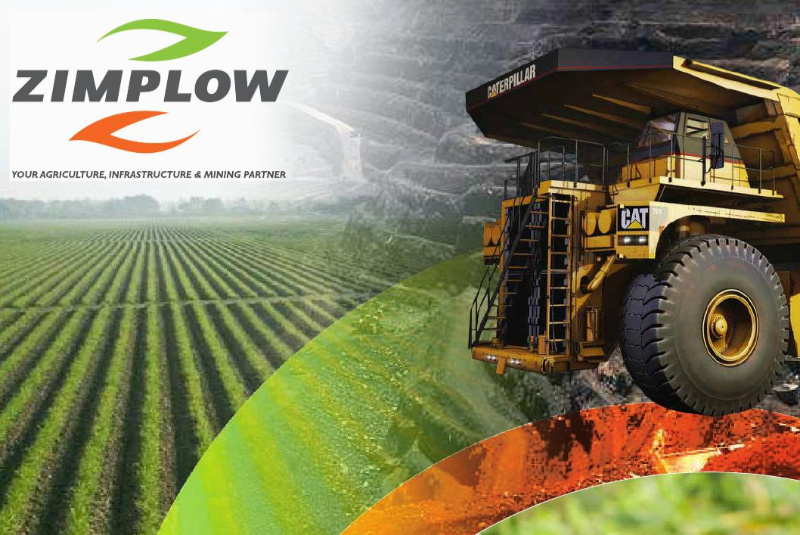Zimplow: Inside the business I love most
Despite efforts to restructure the business between FY2011 and FY2017, Zimplow only managed to grow its revenue at a 17 percent CAGR, coupled with just a 4 percent CARG in its profit after taxes.
Why was it difficult to churn out great performance after restructuring? The answer lies in its inability to efficiently allocate resources around different aspects of its business.
Zimbabwe went through a period of hyperinflation between 2007 and 2008. The peak month of hyperinflation occurred in mid-November 2008 with a rate estimated at 79,6 billion percent per month and a year on year rate reaching 89,7 sextillion percent.
Whilst everyone else was struggling, Zimplow’s senior managers were showering themselves with unsecured housing loans repayable within one year from the date of disbursement at an interest rate of 16 percent.
All figures were reported in Zimbabwean trillions and nothing indicates that the unsecured loans with such a very low rate to inflation were in US dollars.
During that same year, Zimplow acquired Tassburg (Bulawayo Steel Products Limited) for a consideration of 28 861 499 shares. I don’t know how they managed to pull this out in 2008 because valuations were difficult and no valuation technique would have given them a reasonable price under such conditions.
Tassburg went on to contribute only 4 percent to the Group’s revenue, less than 1 percent in profit in 2009 and what followed was 3 years of poor performance and loss accumulation. This company was disposed of in 2013 at a loss of US$419 451 to its Net Asset Value of US$842 451. That says it all.
On February 28, 2011, Zimplow issued another batch of 9 205 708 ordinary shares at 0,06 cents each to acquire African Traction and Associated Technologies (AFRITRAC). The total consideration at the date of acquisition was US$552 342.
Local businesses were grappling with low liquidity levels so they decided to cross the border and try something new in South Africa. Subsequently, the Group accumulated losses for three good years between 2013 and 2016 and AFRITRAC was sold for US$196 056 in 2018.
The value of its assets was US$448 567 on the date of disposal resulting in a loss US$342 853. If we look at this amount received relative to the consideration paid in 2011, the loss on disposal was US$13 000 higher at US$356 284. Another failed and potentially overpaid acquisition financed through a share swap deal.
Between 2008 and 2015, Zimplow acquired 4 businesses and 3 of them contributed nothing to the group and were all sold at a loss. The concern is, who really benefited from these transactions.
Other questions revolve around Puzey and Payne which was disposed of through a Management Buyout deal in 2013.
This will always remain a grey area and simply because we don’t have sufficient information about it, I won’t say much at least for now.
Whilst all these events were folding and unfolding, eyeball grabbing headlines forced investors to accumulate Zimplow shares and this investing illusion continued for a surprisingly long time. What they didn’t realise is these headlining acquisitions were eating into the underlying fundamentals and destroying value.
There were pointers for investors, which would have given them an inkling of the potential risk in the decisions of Zimplow’s management to allocate capital towards these acquisitions. As it turned out, there has been a structural decline in the company’s ROIC since FY2011 from around 31 percent to an average of -5 percent between 2014 and 2017.
EBIT margins and sales to capital ratio slipped from 22 percent and 151 percent in 2011 to average -5 percent respectively during the same period.
It was only after selling off all these acquired and poorly performing assets that efficiency and earnings ratios started expanding.
For investors, the lesson to take home here is to evaluate upsides from an inorganic growth strategy especially if it involves share swap deals which dilutes the existing shareholders. Zimplow possibly overpaid in all these acquisitions and small earnings generated in the years that followed failed to justify the prices and hence they sold most of them at a loss to both NAV and consideration paid. Or else, someone intentionally benefited from the deals at the expense of the minority shareholders.
Following the release of HY2022 financials, I valued this company using a DCF model. My estimated intrinsic value is around $52 versus its current market price of $17.
Despite continuous missteps in attempting to grow the business through inorganic means over the last 10 years, Zimplow remains one of the most undervalued companies on ZSE.
The current balance sheet is equity funded and looks very strong. With a net cash value of $4 per share sitting there, if you buy 100 percent of Zimplow today at $17, you will actually get the business for $13 apiece. That’s a quarter of what the entire business is worth.-ebusinessweekly







